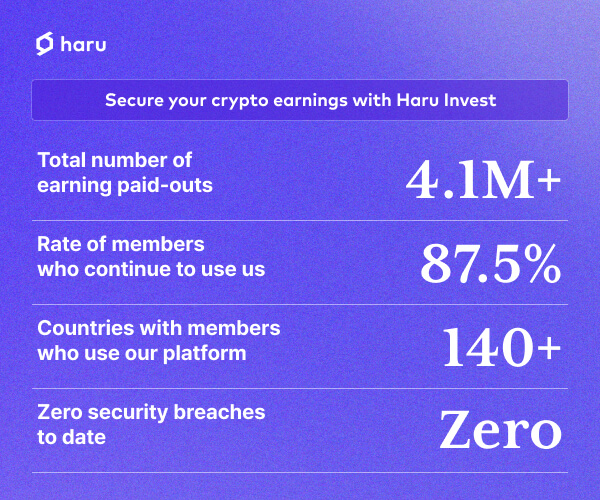El Banco de España (Central Bank of Spain) has authorized testing of a digital Euro token EURM.
The token will be issued by Spanish fintech Monei and was developed within the central bank’s digital ‘sandbox’ program.
Spanish news site Cinco Dias reported that the project would be limited to a small group of testing applicants during the initial phase. Applicants are required to enter a phone number and undergo a video-based KYC process before loading their digital wallets with traditional Euros through the Spanish payment app Bizum.
Once wallets have been funded, users can send EURM tokens to other participants and registered businesses. Deposited FIAT Euros will be held in two designated bank accounts with BBVA and CaixaBank. All EURM tokens will be backed 1:1 with FIAT at all times, according to the announcement.
The pilot is intended to last up to 12 months, with reports produced to allow the central bank to decide whether to authorize an official launch. At the same time, there are already stablecoins pegged to the Euro, such as Circle’s EUROC, Tether’s EURT, and Stasis Euro. Tether’s Euro token has the highest TVL, with a market cap of $223 million as of press time.
The Bank of Spain does not sanction Stablecoins issued by companies such as Tether and Circle. As a result, the central bank needs to have the ability to verify reserves to ensure all digital tokens are backed 1:1 with FIAT.
Monei founder and CEO Alex Saiz Verdaguer confirmed there “are different projects, but it is very likely that there will be confluences along the way.” Further, he stated that EURM “could be a pilot test for the ECB.” Thus, while the EURM token may not be revolutionary regarding stablecoins, its connection to Spain’s central bank indicates the progression of CBDCs.
However, unlike other Euro-pegged stablecoins, the vision for EURM is to allow El Banco de España to control the issuance of “programmable money.”
Verdaguer told Cinco Dias that the tokens could be programmed to avoid negative balances, allowing for delayed smart payments until funds are available.
Such facilities could help users avoid going overdrawn and being charged additional bank fees. The digital currency could also be programmed to process payroll for businesses at pre-defined intervals automatically.
Still, the level of control given to central banks through programmable money also increases the risk of government exploitation. For example, central banks could remotely…
Click Here to Read the Full Original Article at Stablecoins News | CryptoSlate…
























